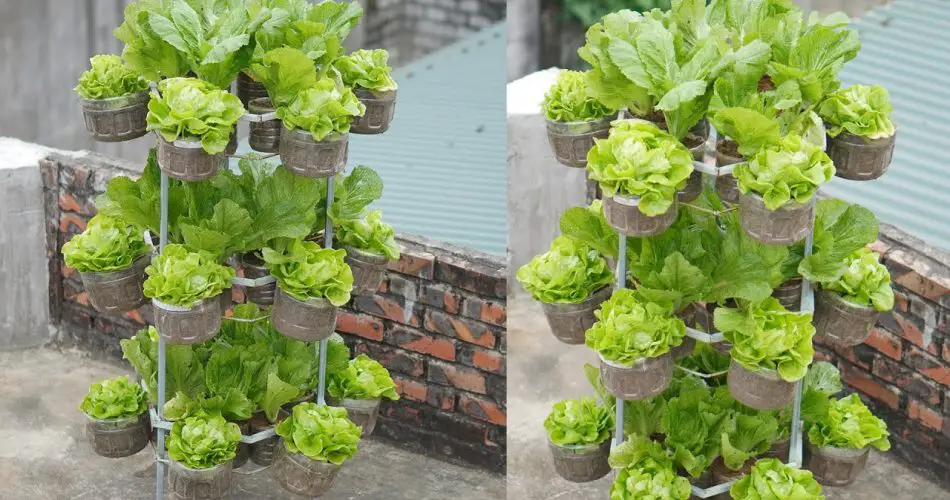Are you looking for a simple and nutritious way to provide fresh greens for your family? Growing lettuce on your roof is a fantastic solution! Not only does it make excellent use of available space, but it also offers a convenient source of vitamin-packed leafy greens right at your fingertips. In this guide, we’ll explore easy steps to grow lettuce on your roof, ensuring a steady supply of healthy and delicious greens for your family to enjoy.
- Assess Your Roof Space: Before you begin, assess your roof to determine the best location for your lettuce garden. Choose a spot that receives ample sunlight throughout the day, as lettuce thrives in full sun or partial shade. Ensure that the roof is sturdy enough to support the weight of containers or planters.
- Select Suitable Containers: Opt for lightweight containers or planters that are suitable for rooftop gardening. Consider using shallow containers or window boxes to grow lettuce, as they allow for proper drainage and airflow. Alternatively, you can repurpose items like plastic tubs or wooden crates as planters.
- Choose the Right Lettuce Variety: There are many varieties of lettuce to choose from, ranging from crispheads to loose-leaf types. For rooftop gardening, it’s best to select fast-growing and compact varieties that are well-suited to container growing. Popular options include leaf lettuce, butterhead lettuce, and romaine lettuce.
- Prepare the Soil: Fill your containers with a lightweight potting mix that is well-draining and nutrient-rich. Avoid using garden soil, as it may be too heavy for rooftop containers and could contain pests or diseases. Ensure that your containers have drainage holes to prevent waterlogging.
- Plant Your Lettuce: Sow lettuce seeds directly into the containers, following the spacing guidelines provided on the seed packet. Alternatively, you can transplant seedlings from a nursery or garden center. Plant the lettuce seeds or seedlings at the appropriate depth, covering them lightly with soil.
- Water Regularly: Rooftop gardens can dry out quickly due to exposure to wind and sun. Water your lettuce plants regularly, keeping the soil consistently moist but not waterlogged. Use a watering can or hose with a gentle spray attachment to water your plants thoroughly.
- Provide Shade if Needed: In hot climates or during periods of intense sunlight, provide shade for your lettuce plants to prevent wilting or bolting. You can use shade cloth, umbrellas, or even strategically placed plants to create dappled shade for your lettuce garden.
- Harvest Your Lettuce: As your lettuce plants mature, harvest the outer leaves regularly to encourage continuous growth. Use a sharp pair of scissors to snip off the leaves at the base, leaving the inner leaves to continue growing. Harvested lettuce leaves can be enjoyed fresh in salads, sandwiches, or wraps.
- Fertilize as Needed: Feed your lettuce plants with a balanced fertilizer to provide essential nutrients for healthy growth. Follow the instructions on the fertilizer package and apply it according to the recommended frequency. Organic options like compost tea or fish emulsion are excellent choices for rooftop gardens.
- Monitor for Pests and Diseases: Keep an eye out for common pests such as aphids, slugs, or snails, and take prompt action to control them. Inspect your lettuce plants regularly for signs of disease, such as yellowing leaves or mildew, and address any issues promptly to prevent spread.
By following these easy steps, you can grow lettuce on your roof simply and provide nutritious greens for your family to enjoy. Embrace the opportunity to cultivate your own fresh produce and reap the health benefits of homegrown lettuce. Happy gardening!
